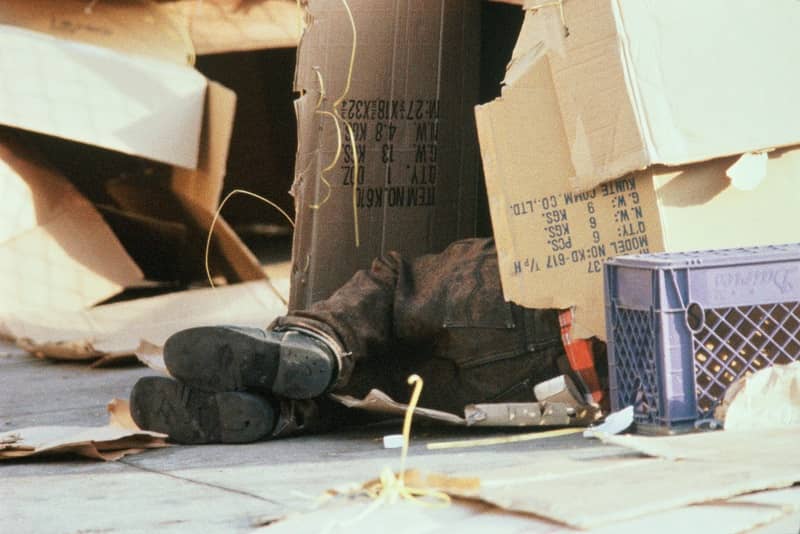

Summary
A Portland delegation saw what real education reform looks like on a recent visit to the Big Easy.
Word count: 528
Nearly 1,000 African-American activists descended on New Orleans in February for the annual Black Alliance for Educational Options (BAEO) Symposium. BAEO chose New Orleans this year to support the groundbreaking education reform work underway in the wake of Hurricane Katrina.
In the summer of 2005, Katrina destroyed most of the New Orleans Public School District infrastructure—a blessing to many, since the district was one of the worst performing in the country. According to published reports, 73 of its more than 120 schools were considered to be “failing,” according to the state’s educational accountability standards. On one 2004 measure (the GEE test of highschoolers) 96 percent of Orleans Parish students were below basic in English, and 94 percent were below basic in math.
In the wake of Katrina, the Louisiana State Legislature turned over most of the area to a Recovery School District headed by its own superintendent. That superintendent has begun chartering many of the Recovery District schools, which in turn has attracted some of the leading charter school operators in the country. Sixty percent of schools in New Orleans are now chartered.
I attended the BAEO conference this year with a delegation of African-Americans from Portland who wanted to see for themselves what New Orleans is doing.
We visited a KIPP (Knowledge is Power Program) Academy in the French Quarter, where the K-8 student population is more than 80% black. KIPP runs 57 public schools across the country, and they have a remarkable story to tell.
KIPP students wear uniforms and identify themselves by the year they will graduate from college, not their current grade. School days run from 7 a.m. to 5 p.m.; and the students are polite, orderly and well disciplined. Four years at a KIPP Academy is equal in school hours to five years at most public schools. Everything at KIPP is geared toward changing the mindset of students to believe that they can and will attend college.
The results speak for themselves. At KIPP schools, 90% of 4th and 8th graders pass their state tests. Eighty percent of KIPP alumni go on to college in neighborhoods where 25% is the norm.
KIPP educates 700 students in the New Orleans area with some fundraising and the same $6,300 per student funding that every public school in Louisiana receives. KIPP’s teacher retention rate is 92%.
KIPP academies and other charter schools in New Orleans are saving lives and finally bringing the true promise of public education to this long-blighted community.
Prior to Katrina, the New Orleans Public School District was broken academically, broken fiscally and broken morally. Low-income African-American parents were trapped in schools that were unsafe and unsuccessful.
It took a hurricane to break the iron grip of the education special interests and give power back to the parents of New Orleans schoolchildren. Now parents choose the school they want their children to attend, and a more respectful relationship exists between administrators and parents.
Many of the African-Americans I spoke with at the BAEO conference were asking the same question: “If they can do it in New Orleans, why can’t we give black parents these kinds of choices in my community?”
Why indeed?
Attention editors and producers:
Cascade Commentaries are provided for reprint in newspapers and other publications, with credit given to author(s) and Cascade. Contact Cascade to arrange print or broadcast interviews on this commentary topic.
Electronic text files are available online at www.cascadepolicy.org.
Please contact:
Nancy Wheaton
Cascade Policy Institute
4850 SW Scholls Ferry Rd.
Suite 103
Portland, Oregon 97225
Phone: (503) 242-0900
Fax: (503) 242-3822
www.cascadepolicy.org
info@cascadepolicy.org
Cascade Policy Institute is a tax-exempt educational organization as defined under IRS code 501(c)(3). Nothing appearing in this Cascade Commentary is to be construed as necessarily representing the views of Cascade or its donors, or as an attempt to aid or hinder the passage of any bill before any legislative body. The views expressed herein are the author’s own.
